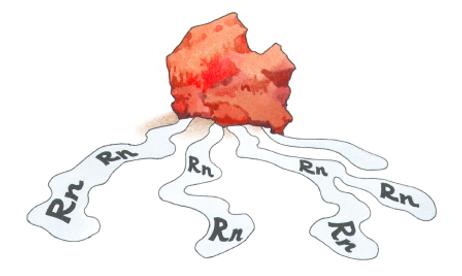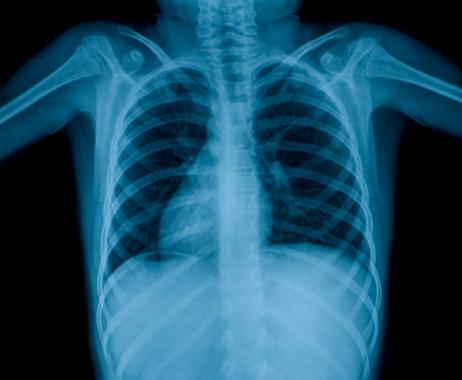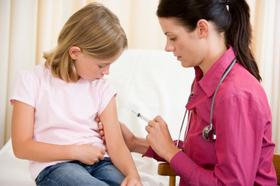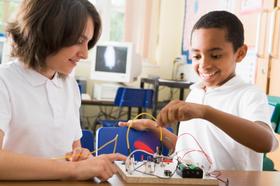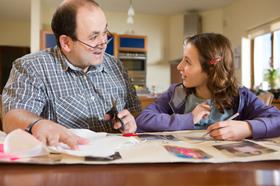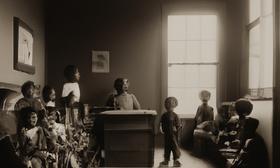Radon is a colorless, odorless radioactive gas naturally found in the environment. It is found in all 50 states, but some states have more of a radon problem than others. Homeowners in the particularly problematic states are encouraged to test their homes for radon and make necessary adjustments if higher than normal levels of the gas are found. However, during the school year, students and staff spend at least as much time at school as they do at home. Are the schools testing for radon? Let's take a look and see.
The Dangers of Radon
Radon originates in granite deposits located deeply underground. The gas can get into buildings by seeping in through cracks in the foundation, openings around drains, or under basement slabs. According to the Environmental Protection Agency, radon is one of the most serious health problems facing our population today. While this gas does not pose immediate health risks the way carbon monoxide does, over time, radon exposure can significantly increase one's risk for lung cancer. In fact, radon exposure is the second leading cause of lung cancer in this country, right behind cigarette smoke.
Radon gas decays overtimes, evolving into radioactive particles that can get into lung tissue and cause damage. Over time, this damage can lead to some types of lung cancer. The EPA cites three factors that determine your risk of lung cancer from radon exposure:
- The level of radon you are exposed to
- The duration of your exposure
- Your smoking

